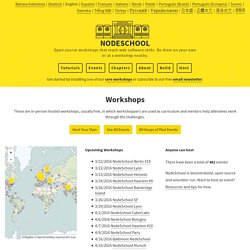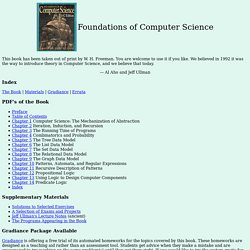Zoom
Trash

Form Follows Function. Awesome background images without compromising performance. So, you have this mockup with a huge image.

It looks great! But, we’re talking a 500k+ monster when cropped out of the Photoshop comp at a width of 1280px. The design is final and you don’t want to slow down the site. What should you do? How about you keep that awesome huge image and maximize your site's performance. Here are three techniques you can use to keep the design and performance budget on point when it comes to large background images. Technique 1 - Compress It! Upload your image to a free online compression tool like tinyjpg.com. Using a tool like this may be all you need to save your performance budget. For example - I took a 1280px-wide beach image (which I will be using later in this article) I downloaded at freeimages.com from 886k down to 238k, which is an enormous savings. Enter picturefill. Technique 2 - Use picturefill Picturefill is a javascript polyfill for the picture element and the emerging srcset and size attributes. Related article: Image tags vs CSS background images. CaptionBot - The Magic.
GeoKone.NET. You don't know how Quantum Computers work! 2016 Make Me Pulse. MOSH.
Aaron Draplin Takes On a Logo Design Challenge. NodeSchool. Functional Javascript Learn fundamental functional programming features of JavaScript in vanilla ES5. npm install -g functional-javascript-workshop Level Me Up Scotty!

Learn to use leveldb, a simple key/value store with a vibrant package. npm install -g levelmeup ExpressWorks Learn the basics of the Express.js framework. npm install -g expressworks Make Me Hapi Learn all about hapi through a series of challenges. npm install -g makemehapi Promise It Won't Hurt Learn to use promises in JavaScript to handle async operations.
India's Surveillance State [30c3] Weekly Coders, Hackers & All Tech related thread - 02/01/2016. Cryptography I - Stanford University. Algorithms: Design and Analysis, Part 1 - Stanford University. About the Course In this course you will learn several fundamental principles of algorithm design.

You'll learn the divide-and-conquer design paradigm, with applications to fast sorting, searching, and multiplication. You'll learn several blazingly fast primitives for computing on graphs, such as how to compute connectivity information and shortest paths. Finally, we'll study how allowing the computer to "flip coins" can lead to elegant and practical algorithms and data structures.
Learn the answers to questions such as: How do data structures like heaps, hash tables, bloom filters, and balanced search trees actually work, anyway? Course Syllabus Week 1: Introduction. Aho/Ullman Foundations of Computer Science. This book has been taken out of print by W.

H. Freeman. You are welcome to use it if you like. We believed in 1992 it was the way to introduce theory in Computer Science, and we believe that today. Automata - Stanford University. About the Course I am pleased to be able to offer free over the Internet a course on Automata Theory, based on the material I have taught periodically at Stanford in the course CS154.

Participants have access to screencast lecture videos, are given quiz questions, assignments and exams, receive regular feedback on progress, and can participate in a discussion forum. Those who successfully complete the course will receive a statement of accomplishment. You will need a decent Internet connection for accessing course materials, but should be able to watch the videos on your smartphone. The course covers four broad areas: (1) Finite automata and regular expressions, (2) Context-free grammars, (3) Turing machines and decidability, and (4) the theory of intractability, or NP-complete problems.Why Study Automata Theory?
This subject is not just for those planning to enter the field of complexity theory, although it is a good place to start if that is your goal. MarI/O - Machine Learning for Video Games. XDK. Start creating the next generation of HTML5 apps for the mobile world.

Build cross-platform apps easily for many app stores and web platforms Built on Web technologies HTML, CSS, JavaScript*, and Node-Webkit back-end Hosted on Windows*, OS X* and Ubuntu* Linux* Jumpstart Development Start with a number of samples or templates for both hybrid and web apps Use the App Designer UI Builder to quickly prototype or refine the UI of your app Start from scratch and edit in the open source BRACKETS* Editor Multiple UI Frameworks & APIs jQuery* Mobile, App Framework*, Twitter Bootstrap*, and Topcoat* - all you need to create great, responsive UIs Full support for Apache Cordova (PhoneGap) device APIs for your hybrid app, and the many 3rd-party plugins Web Services & Plugins for Content-rich, Interactive apps Development made easy.
Intuitive UI Design with App Designer Drag & Drop UI Builder Round-trip capable: modify in App Designer and the Editor.
Android. Programming Competition,Programming Contest,Online Computer Programming. Coding Challenges for Programmers. Dashboard - Round A APAC Test - Google Code Jam. Ruby on Rails. YouTube. Hacking. Home of the world's largest development community.